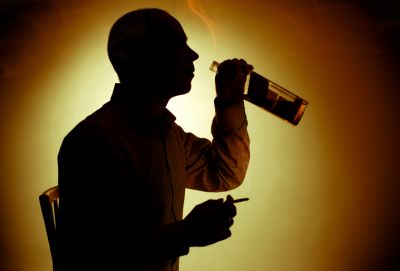

Problematic substances patterns moves with wrong choices
Problematic substances patterns: Treating sexual addiction concurrently with drug abuse
When examining problematic substances patterns and who they are use in individuals seeking help for a sexual addiction, it becomes clear that the two are indistinguishably linked together. It is estimated from the various studies that between 40-60% of individuals struggling with sexual addiction also meet the criteria for alcohol or drug addiction. And according to the experts from AWAREmed Health and Wellness Resource Center it is evident that many individuals with sexual addiction problems have actually admitted to using substances in order to deal with, or escape from, the pain caused by their sexual behavior. Besides that it is also very common that many people are currently using substances to get over their inhibitions in order to engage in sexual behaviors that might be uncharacteristic for them if they were not drunk or high further explaining the significance of multi addiction.
We must therefore seek for information by way of investigating how multiple addictions can feed into one another. This is very important because it is possible that individuals may use one of their addictions to mask or dismiss the other addiction and this could be influenced by various reasons including fear and shames especially those elements that are considered shameful addiction. Like for instance, an individual may deny having a problem with sexual addiction and insist completely that their problematic sexual behavior is only caused by intoxication. The truth of the matter in this case may be that the drugs or alcohol are merely concealing the pain and shameful acts that are associated with the sexual addiction thereby helping the person to be spared from the emotional consequences of his or her actions. By the same token, both addictions may work on intensifying one another in such a way that the person only engages in their sexual addiction under the influence of alcohol or drugs. These rituals then serve to protect the addiction and ensure that patterns of use are stable and predictable and this can be very dangerous if not dealt with expeditiously.
Problematic substances patterns: Addressing the whole addictive process
A major concern with treatment of substance use disorder alone is that untreated sexual addiction often precipitates a relapse of substance use. Dealing with one addiction while ignoring the other may end up intensifying the problem that has not been addressed. A good example would be when a person in early recovery from a substance addiction turns to sexual performance enhancers in order to continue the ritualized sexual behavior that was previously enhanced by the substance use. This sexual behavior can continue to be problematic for the individual. The individual may continue to feel a sense of shame and pain.
Therefore recovery is about addressing the entire addictive process, not just those associated with a particular substance or behavior. The addictive process, whether related to sexual behavior or substances is often characterized by a pattern of secrecy, cognitive distortions and rituals. Consequently recovery from addiction regardless of type, would involve embracing and attempting to live a life of honesty, authenticity and emotional growth. All these are attainable with professional guidance from the experts at AWAREmed Health and Wellness Resource Center.
Problematic substances patterns: Treating sexual addiction concurrently with drug abuse
http://www.I-AM-I.com/wp-admin

0 comments
Write a comment